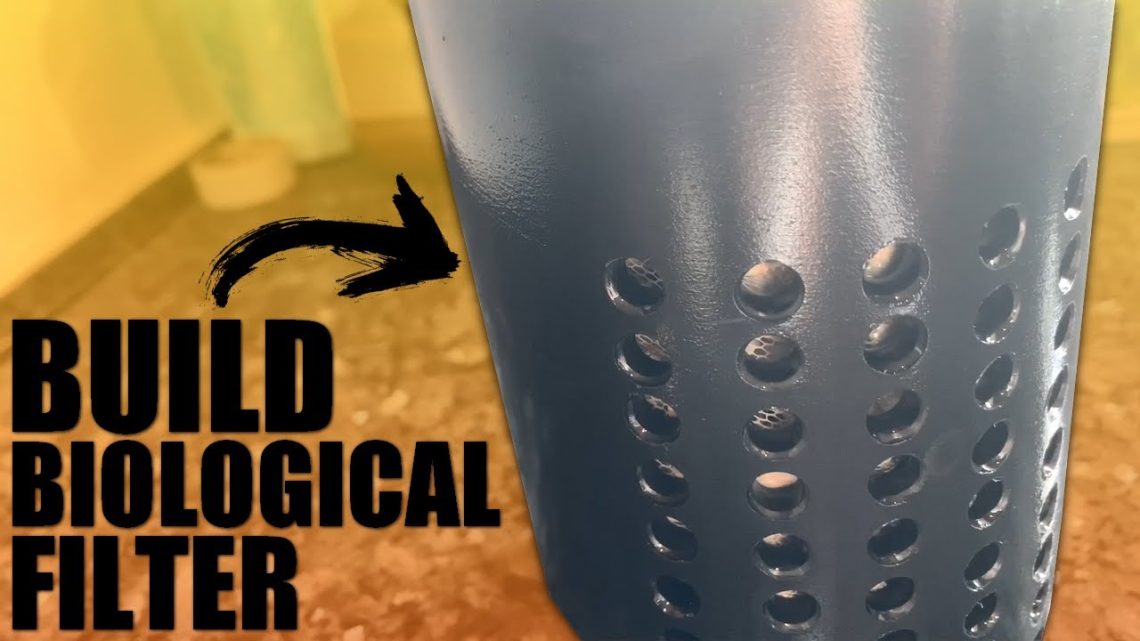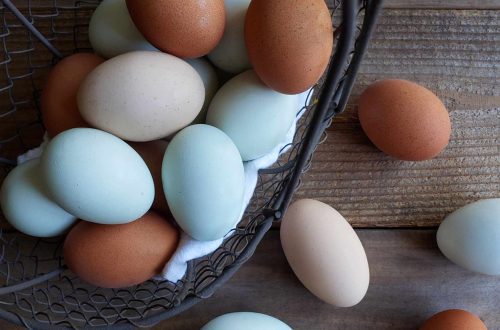
The principle of operation of a biofilter for an aquarium, how to make a biofilter with your own hands from simple improvised means
Water, as you know, is the source of life, and in the aquarium it is also the environment of life. The life of many inhabitants of the aquarium will directly depend on the quality of this water. Have you ever seen how they sell fish in round aquariums without a filter? Usually these are betta fish, which cannot be kept together. The spectacle of muddy water and half-dead fish is not particularly pleasing to the eye.
So, we can conclude that without a filter, the fish are bad, so let’s consider this issue in more detail.
Contents
Variety of filters by tasks
The water can contain many unwanted substances in different states. In turn, there are three types of filters that are designed to remove these substances from water:
- a mechanical filter that traps particles of debris that have not dissolved in water;
- a chemical filter that binds compounds dissolved in a liquid. The simplest example of such a filter is activated carbon;
- a biological filter that converts toxic compounds into non-toxic ones.
The last of the filters, namely biological, will be the focus of this article.
The biofilter is an important component of the aquarium ecosystem
The prefix “bio” always means that living microorganisms are involved in the process, ready for a mutually beneficial exchange. These are useful bacteria that absorb ammonia, from which the inhabitants of the aquarium suffer, turning it into nitrite and then into nitrate.
It is a vital component of a healthy aquarium as virtually all organic compounds decompose, forming harmful ammonia. A sufficient amount of beneficial bacteria controls the amount of ammonia in the water. Otherwise, sick or dead individuals will appear in the aquarium. There can also be an algae boom from the abundance of organics.
The matter remains small create a habitat for bacteria and comfortable environment.
Inhabit colonies of bacteria
Bacteria need to settle on some surface, the only way they can begin their full life. This is the whole point of the biofilter, which is a home for beneficial bacteria. You just need to let the water flow through it and the filtration process will begin.
Such bacteria are found on all aquarium surfaces, soil and decorative elements. Another thing is that for the process of converting ammonia into nitrates need a lot of oxygen. That is why large colonies cannot be located in places of insufficient oxygenation or poor water circulation, and small colonies are of little use.
Bacteria are also colonized on the sponges of the mechanical filter, options with a large volume of filler are especially good. There are also additional details that contribute to biofiltration, such as a biowheel.
If for some reason you cannot afford a good filter or you are interested in making your own, then this is quite a feasible task. Bacteria willingly settle both in an expensive filter and in a homemade one. Craftsmen have developed many effective models, consider a few of them.
The bowl-in-glass model
Materials for the manufacture of the filter will require the most simple. What you need to prepare to get started:
- plastic bottle 0,5 l.;
- a plastic tube with a diameter that fits perfectly into the neck of the bottle (equal to the inner diameter of this neck);
- small pebbles 2–5 mm in size;
- sintepon;
- compressor and hose.
A plastic bottle is cut into two unequal parts: a deep bottom and a small bowl from the neck. This bowl should fit into the deep bottom with a stretch. On the outer circumference of the bowl we make 2 rows of 4-5 holes with a diameter of 3-4 mm, put a plastic tube in the neck. It is important to see if there are any gaps between the neck and the tube, if there are, eliminate this by showing resourcefulness. The tube should protrude slightly from the bottom of the bowl, after which we place this pair in the second half of the bottle. When the bowl is installed in the bottom, the tube should rise slightly above the entire structure, while its lower part should not reach the bottom. If everything is installed correctly, then water can easily flow into it.
When the base is ready, proceed to the next step – pour 5–6 cm of pebbles directly onto the bowl and cover with a padding layer. We put the compressor hose in the tube and securely fasten it. It remains only to place a homemade biofilter in the water and turn on the compressor.
This filter is ingeniously simple in execution, as well as the principle of its operation. The synthetic winterizer is needed as a mechanical filter, preventing the pebbles from becoming too dirty. Air from the aerator (compressor) will go into the biofilter tube and immediately rush upward from it. This process will entrain oxygenated water to pass through the gravel, delivering oxygen to the bacteria, then flow through the holes into the bottom of the tube and be released back into the water in the aquarium.
Bottle model
This modification of a homemade biofilter will also require a compressor. To make it you will need:
- plastic bottle 1–1,5 liters;
- pebbles, gravel or any other filler that is used for biofiltration;
- a thin layer of foam rubber;
- plastic clamps for fixing foam rubber;
- compressor and spray hose.
With the help of an awl, we generously perforate the bottom of the bottle so that water can easily flow inside the bottle. This place must be wrapped with foam rubber and fixed with plastic clamps so that the gravel does not get dirty too quickly. We pour the filler into the bottle to about half, and from above through the neck we feed the compressor hose with a sprayer.
The bottle size can be chosen the larger, the more powerful the compressor and the larger the aquarium itself. The principle of operation of this biofilter is as follows – water is drawn out of the bottle due to the airlift, while drawing water through the perforated bottom of the bottle. Thus, the entire mass of the filler is enriched with oxygen. It is necessary to perforate as low as possible so that the entire volume of gravel is used.
Filters for large aquariums
For those who already have a good mechanical filter, you can simply complete it. The outlet from this filter must be attached to a sealed container with gravel or other filler suitable for this purpose, so a filler that is too fine is not suitable. On the one hand, clean water will enter the tank, enriching it with oxygen, and, on the other hand, will leave. Due to the fact that the pump creates a powerful stream of water, you can take a large container with gravel.
For huge aquariums, much more powerful biofilters are needed, which you can also make yourself. You will need 2 filter flasks for purifying tap water and a pump for heating in a private house. One flask should be left with a mechanical filter, and the second should be filled, for example, with fine gravel. We connect them hermetically together using water hoses and fittings. The result is an efficient canister-type external biofilter.
In conclusion, it must be said that all these options for a biofilter for an aquarium are practically free, however, they help a lot for a good microclimate in an aquarium. It is also possible to populate an aquarium with algae by providing good lighting and CO2. Plants also do a good job of removing ammonia from the water.





